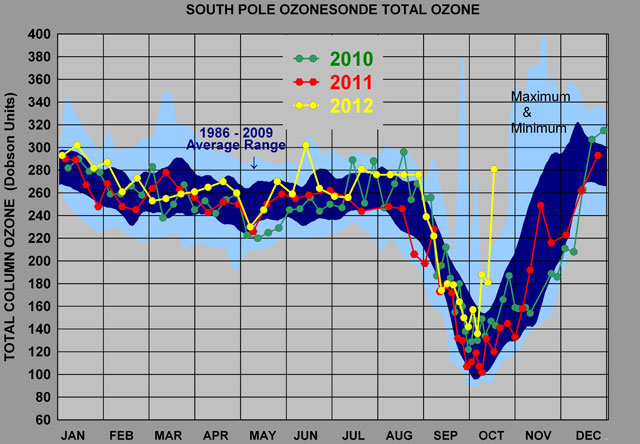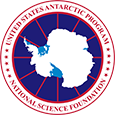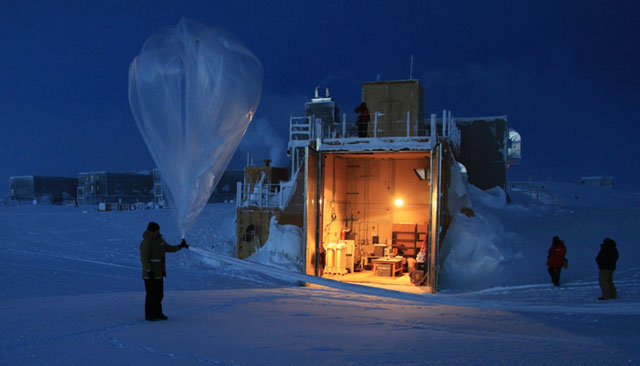|
Shrinking downAtmospheric conditions causes second smallest ozone hole in two decadesPosted November 16, 2012
The annual ozone hole that forms above Antarctica during the Southern Hemisphere spring is the second smallest recorded in two decades. However, scientists with NASA and NOAA “It happened to be a bit warmer this year high in the atmosphere above Antarctica, and that meant we didn’t see quite as much ozone depletion as we saw last year, when it was colder,” said Jim Butler Measurements of ozone in the upper atmosphere come from satellites, ground-based stations and balloon-borne instruments released from various locations around Antarctica, including the Amundsen-Scott South Pole Station The Atmospheric Research Observatory (ARO) 
Photo Credit: NOAA
Ozone depletion over Antarctica was far less than it has been in recent years of monitoring.
“This has been a very unusual year for ozone depletion, and it’s certainly shown in our data,” said NOAA Station Chief Heather Moe. The ozone layer in the Earth’s stratosphere, between about 10 and 30 kilometers above the ground, helps shield the planet from harmful ultraviolet radiation. Human-produced compounds known as chlorofluorocarbons, or CFCs, release ozone-destroying chemicals into the atmosphere that are responsible for the depletion. Extreme cold, ice-cloud formation in the stratosphere, and a pattern of rapidly circulating air, called the polar vortex, make the ozone layer over Antarctica much more vulnerable to CFC destruction than almost anywhere else on the planet. However, more recently, the Arctic has experienced similar depletion events. [See previous article — Recovery and regression: Antarctic ozone hole should start healing, while Arctic hole getting worse.] The Antarctic ozone hole forms in September and October, and this year, the hole reached its maximum size for the season on Sept. 22, stretching 21.2 million square kilometers, roughly the area of the United States, Canada and Mexico combined. The largest ozone hole recorded to date was in 2000 at 29.9 million square kilometers. Ozone sondes, the instruments launched by balloon from the South Pole, show that by Oct. 5 the main depletion region from between 14 and 21 kilometers is “fairly well cleared out,” according to Moe, though the ozone never dropped all the way to zero as it has in years of heavy depletion. However, 10 days later, while the main depletion region is still evident, a huge amount of ozone returned to the top of the profile, based on the 22-year average. The temperature in the upper part of the stratosphere was also significantly warmer. “We’re exceeding the previous warmest ever — if ever is defined as the last 22 years [that we have records] — for this time of year from 13 to 26 kilometers, and not just by a little bit,” Moe said. For example, the temperature at 20 kilometers was below minus 75 degrees Celsius on Oct. 5. Ten days later, it was about 30 degrees warmer at the same altitude. It’s been 25 years since an international agreement, the Montreal Protocol |



For USAP Participants |
For The Public |
For Researchers and EducatorsContact UsU.S. National Science FoundationOffice of Polar Programs Geosciences Directorate 2415 Eisenhower Avenue, Suite W7100 Alexandria, VA 22314 Sign up for the NSF Office of Polar Programs newsletter and events. Feedback Form |


